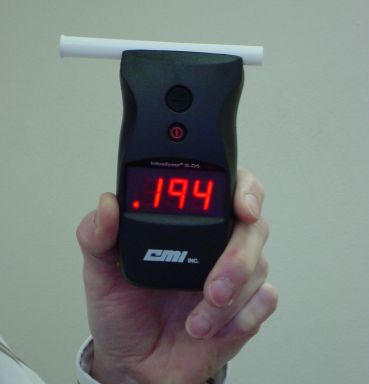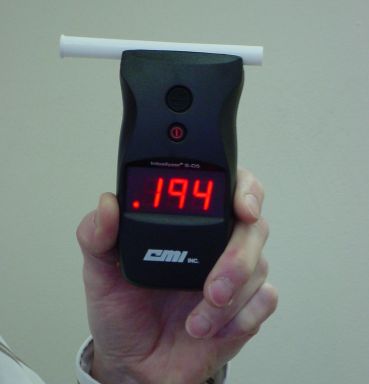Law
Government Recomends Reduction in Drunk Level to 0.05


For years the standard for driving a motor vehicle under the intoxication of alcohol has been having a blood alcohol content lower than 0.08%, which the government has established as the legal precedence for deciding whether a person is legally too drunk to drive. Despite this marginally low number there continues to be thousands of vehicle accidents each year contributed to drunk driving. The government wants to cut down on these accidents, and they are doing so by recommending guidelines that would lower the blood alcohol level to legally operate a motor vehicle from 0.08% to 0.05%.
Blood Alcohol Concentration (BAC) Information
Police and medical professionals have used the BAC measurement for many years in determining how intoxicated somebody is, and if they’re too intoxicated to get behind the wheel of a vehicle. Blood alcohol content is the measurement of the amount of alcohol in a person’s blood stream. As alcohol is taken orally it is absorbed into the blood stream from both the stomach and small intestines. The alcohol then collects in the bloodstream, traveling to the brain where it causes effects.
Common effects of low doses of alcohol include decreased inhibitions, difficulty concentrating, more talkativeness and minor balance issues. Higher doses of alcohol that cause blood alcohol levels of greater than 0.08 can lead to more serious effects which greatly affect a person’s ability to control a vehicle including loss of balance, slurred speech, difficulty seeing straight and possible “passing out.” BAC is typically measured through use of a Breathalyzer, as 10% of alcohol is eliminated through breathing in the lungs. More accurate results can be determine by using blood tests.
Having a BAC of 0.1 would indicate that 0.1% of the blood in your system is actually comprised of alcohol. Higher alcohol concentrations in the blood stream lead to more pronounced effects. Having blood alcohol levels in excess of 0.4 can lead to many problems including depressed breathing, lower heart rate, possibility of falling into a coma, and even death due to respiratory failure.
Reasons for Lowing Limit
There are many immigration questions surrounding the lowering of the blood alcohol limit for driving from 0.08 to 0.05. The government and immigration lawyers in Seattle have established numerous reasons as to why they want to lower the limit. The primary reason for lowing the limit is to crack down on drunk driving and to reduce the amount of accidents that occur as a result of people driving under the influence of alcohol. It would allow police to arrest anybody driving with a BAC of over 0.05, which would allow more people that may be considered “borderline drunk” or “buzzed” to be arrested instead of being let go.
The other reason for lowering the limit is to reduce the financial strain related to drunk driving crashes. Accidents, injuries and deaths caused by drunk drivers cost billions of dollars each year in terms of medical care and personal injury lawsuits. The proposed reduction in the limit would eliminate some of these costs.
-

 Tech11 years ago
Tech11 years agoCreating An e-Commerce Website
-

 Tech11 years ago
Tech11 years agoDesign Template Guidelines For Mobile Apps
-

 Business6 years ago
Business6 years agoWhat Is AdsSupply? A Comprehensive Review
-

 Business10 years ago
Business10 years agoThe Key Types Of Brochure Printing Services
-

 Tech8 years ago
Tech8 years agoWhen To Send Your Bulk Messages?
-

 Tech5 years ago
Tech5 years ago5 Link Building Strategies You Can Apply For Local SEO
-

 Law5 years ago
Law5 years agoHow Can A Divorce Lawyer Help You Get Through Divorce?
-

 Home Improvement6 years ago
Home Improvement6 years agoHоw tо Kеер Antѕ Out оf Yоur Kitсhеn































